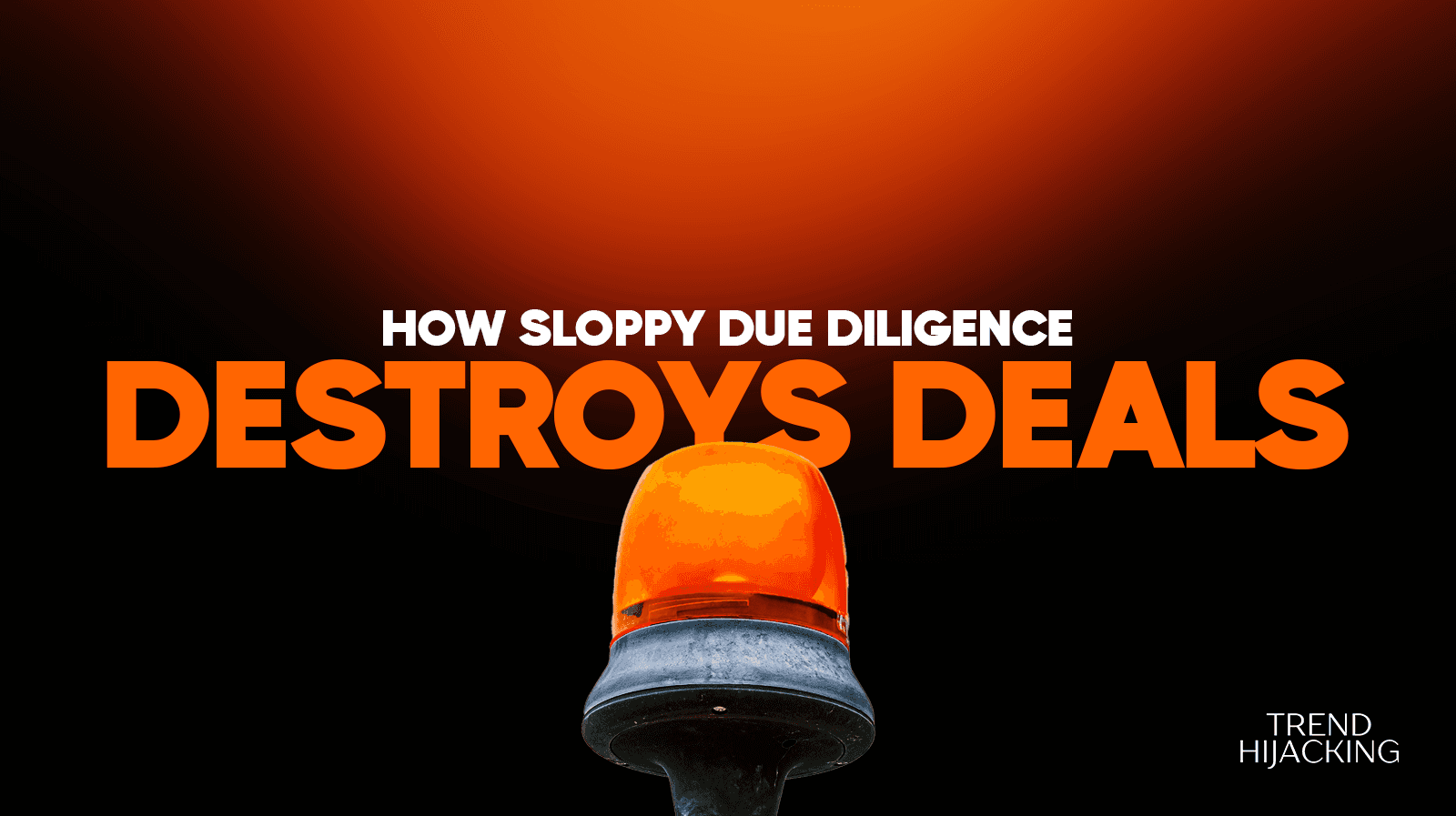
How To Scale Your Ecom Store Into A Full-Fledged “Million-Dollar” Brand
#1: Be Everywhere
Yes, you have to be everywhere if you want to grow into a more profitable store. I don’t mean being everywhere physically (that’s not even possible), I mean being on every platform that’s profitable enough for you to run ads.
The more places you are, the higher the likelihood of being seen by more potential customers as different platforms cater to different audiences.
You might think it is common sense to place yourself in front of more people by being in more places at the same time, but most store owners aren’t even aware of it.
Don’t get me wrong, some store owners know what they’re doing by cutting down to only 1 or 2 platforms and that’s because their target market may only exist in those platforms.
Remember I said that different people exist on different platforms. But sometimes, when your audience is widespread (let’s say you sell women’s clothing), you will have to spread your tentacles.
It’s not all about posting ads across them all.
Imagine a potential customer comes across your content on Facebook and finds it interesting, but does not immediately engage.
Then they go on Instagram and find similar content from you once more.
This increases their likelihood to engage with your content and eventually convert.
But if you are solely considering ads, then you could retarget your ads across platforms.
This is another reason you should consider being everywhere as it not only helps your ads convert more but generally increases your visibility.
Note that you don’t want to be on every single social platform out there, only those that are going to be profitable for you to run ads and generate a decent ROAS and conversion rate.
Speaking of conversion rates, let’s look at what’s next.
We Help You Buy / Build, Manage and Scale E-commerce Brands for an EXIT
E-commerce Simplified for Busy Individuals – We handle the buying, building, and scaling, so you can focus on what matters.
Growth-Focused Strategies – From sourcing to marketing, we drive growth and prepare you for a profitable exit.
Expertly Managed Exits – We build a high-value brand designed for a Lucrative exit.
#2: Get The Very BEST Conversion Rate

Another thing you have to do is optimize your conversion rates.
So in case you don’t already know what a conversion is, it’s just when someone, say a visitor or customer, acts on your CTA (Call To Action). So the conversion rate is just the percentage of people who convert from those who don’t.
Let’s look at a quick example: If in your store, you get 15,000 visitors and out of those visitors 600 make a purchase, your conversion rate will be:
(600/15,000) * 100% = 4%
Let’s look at how you can optimize your conversion rate and increase your conversion rate.
Post content across platforms: you have to post custom content, videos, and photos that get visitors.
Why talk about improving conversions when you haven’t gotten any new visitors? You have to post engaging content consistently so you can get more engagement from your audience and hence more visitors.
Website Speed: now that people want to come to your store, you don’t want to keep them waiting. On average, slower load times negatively affect conversion rates cause face it, no one wants to wait so long just to see a page.
Good Copywriting: this can NOT be over-emphasized. Your store’s copy and format are pretty much the life of your store (outside content that is).
You need to get a good copywriter who will clearly outline your store’s offers as well as product features and benefits.
Reviews and Testimonials: these are also important as they build your store’s credibility as well as give customers a reason to care. You could also get some reviews off your site via review websites like Trustpilot.
Getting more conversions depends on your store being able to convince visitors enough that they make a sale. If you’re looking to grow your conversion rate with some help, then click here to find out how. Moving on…
#3: Focus More On Your Store’s AOV and CLV
Before we get into this, keep in mind that AOV stands for Average Order Value, and it’s just the average amount spent by customers per transaction.
Look at it this way, if in a month your store generated $2500, and you had 200 orders in your store, your AOV would be:
2500/200 = $12.5
As a store owner looking to scale massively, your aim should be to increase this value and you can do this by making your customers spend more per transaction. The best way to do it is to use:
Bundles: things like, “buy 2 for the price of $100 instead of $120” can help in making customers spend more because no one wants to miss out on such offers, and it acts as an incentive to make them pay more.
Upselling: this is just encouraging customers to buy a more expensive product instead of the cheaper option they’ve chosen to purchase. This is just to increase the value of the sale. You should already see how this strategy increases the Average Order Value.
Downselling: this is the opposite of upselling. This encourages your customers to make a cheaper purchase in case they hesitate to buy what they already added to their cart. This strategy just makes sure that there is a sale and no visitor goes to waste.
Cross-selling: this involves encouraging your customers to make an extra purchase alongside their current purchase. Do NOT mistake it with upselling; while upselling is trying to get your customer to buy a more expensive product, this is you trying to get them to buy something else, usually something complementary, to their current purchase.
Now let’s talk about CLV. CLV stands for Customer Lifetime Value and is simply the amount of money a customer has spent or is expected to spend, on your products throughout their lifetime as your customers.
You can also look at it as the profit your store is expected to get off one customer throughout their lifespan as your customers — people tend to leave certain brands, so they pretty much die off.
It’s calculated by multiplying your customer’s revenue (could be their AOV) by their estimated lifespan. This metric is important because the higher your CLV, the higher your revenue.
So I’ll go over some ways of increasing your CLV:
Make the onboarding process easier and offer more payment options.
Improve your Customer Service
Build a community around your store
Run loyalty programs on your store.
Did you notice how all these steps just make sure that the customer is always happy? Well, that’s because it increases their customer lifespan and from here you can improve their AOV with the steps I listed previously. Let’s move on to what’s next.
#4: Centre Your Store Around Content

You have to center your store around content by consistently uploading engaging, educational, and inspiring content for your audience across all your social media platforms.
Posting content serves as some sort of free marketing and helps you get seen.
It also makes your brand appear warm rather than like a cold big company — and people do NOT like big corporations.
The warm feel also helps you get more conversions pretty much for free — as I said earlier.
You can post up to 3–4 times a day to boost engagement and increase the likelihood of being seen. You may require a social media manager for this, but with the rise of AI, that may not be necessary.
Look at a brand like Nike. They are aware that content is king and they surround their brand with storytelling content.
They tell the story of starting as nothing or being the underdog and working your way to the stars. Their slogan, “Just do it” is also a testament to the story they tell.
Now, Nike has gone global- having celebrated their 30th anniversary, and their products can be bought from almost every marketplace out there.
Speaking of marketplaces, you also have to make sure your products get seen across all of them as well. We’ll talk about that next.
#5: Sell Across Different Marketplaces

Let’s look at a scenario so you can understand why this is necessary.
Imagine you’ve set up everything as said in this article and now people are seeing your product everywhere they look. People will naturally search for your product on Google (or other search engines).
What IF they don’t have the exact name of your product? What IF they search for a term they best understand your product for?
Chances are that they won’t search up the exact name of your product and other merchants on Amazon, eBay and the rest will steal YOUR customer!
That’s why you need to be on all these different marketplaces like Amazon to counter these possibilities. You can also do something else if you don’t want to use these platforms.
You can use Google to make sure your product ranks for certain keywords that your customers are likely to search for. Watch my video where I talk more about this:
If you want to find out how you can personally leverage Google to grow your revenue with my team, click here.
We Help You Buy / Build, Manage and Scale E-commerce Brands for an EXIT
E-commerce Simplified for Busy Individuals – We handle the buying, building, and scaling, so you can focus on what matters.
Growth-Focused Strategies – From sourcing to marketing, we drive growth and prepare you for a profitable exit.
Expertly Managed Exits – We build a high-value brand designed for a Lucrative exit.
Conclusion
The road to building a brand from dropshipping is a strategic one. By increasing your online presence, optimizing your conversion rate, focusing on your store’s AOV and CLV, centering your store around content, and selling across various platforms, you pave the way for your store’s success.
My team is willing to work with you to implement all these in your journey to becoming a brand. Take these steps to heart, and soon enough your store will become a recognized brand.
Before You Go, Let’s Keep in Touch⏬
A Done-For-You E-commerce Business
Discover how we Build, Launch, and Scale a 6-figure/month Business for You
Learn more
The 6-Step Blueprint to E-Commerce Acquisition
See how we Acquire, Convert, and Scale with Real Case Studies to Prove It.






















